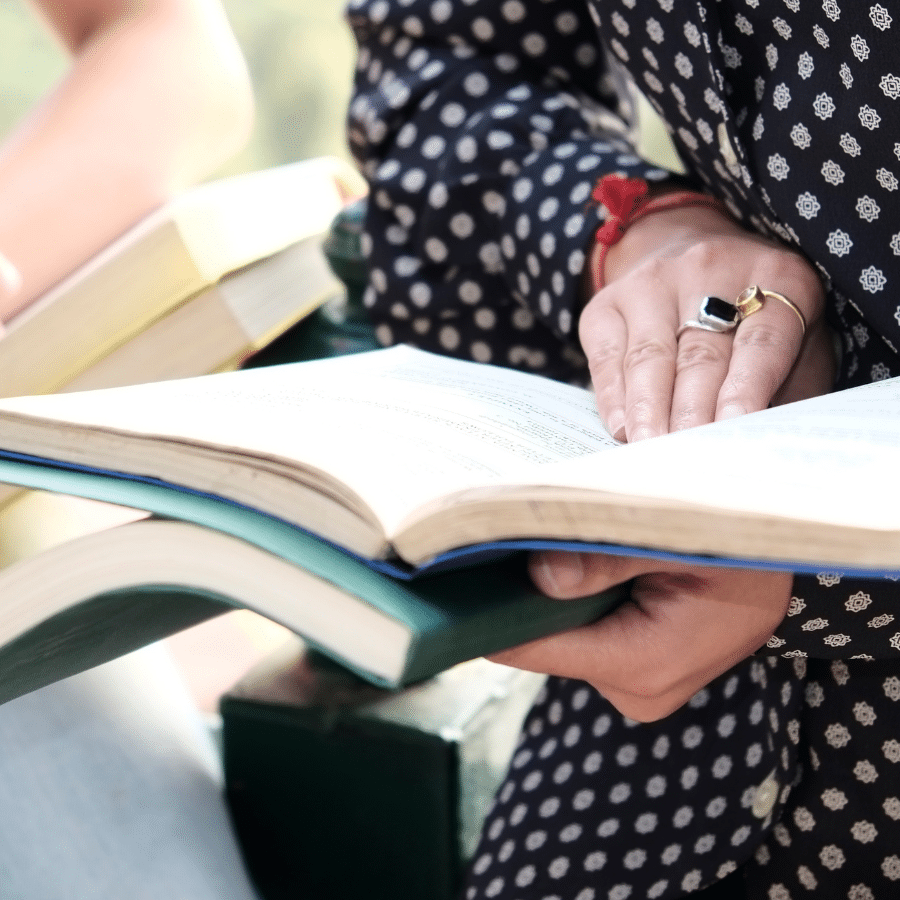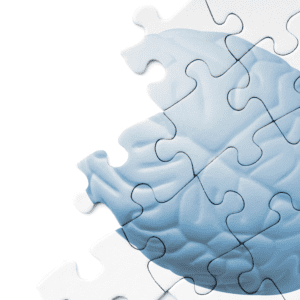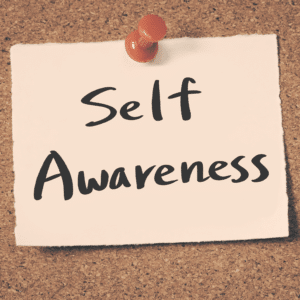Pengantar
Visual learners can use a variety of techniques to prepare for exams. These include practicing multiple-choice questions and essays, writing out your plan for each test, studying with friends or classmates who are also visual learners, creating a study playlist that includes songs and instrumentals that you like as well as some classical music and ambient sounds from nature. You can also create flashcards with images, diagrams and other visuals on the front side and text on the back side using color coding to study your notes. Another method is making outlines with headings in different colors that correspond to different topics so they’re easier to remember when it comes time for class exams or take-home assignments.Practice multiple-choice questions and essays.
A multiple-choice exam is a good way to test your knowledge. You can practice with a friend or classmate, using a timer to make sure you practice in the time you have available. As long as you are practicing with the right materials, this type of test can be very effective at showing what areas need more work. To help organize your studying and take notes on what you learn from each source:- Use notecards! They’re cheap and portable, which makes them perfect for cramming before an exam! Just write down key points from every resource (and highlight those) so that when it comes time for test day, all those bits of information don’t feel overwhelming anymore because now they’re organized into bite-sized chunks that are easy enough for even introverts like us who hate talking about themselves too much 🙂
Write out your plan for each test.
- Write out the steps in order to solve a problem.
- Use a mind map to organize your thoughts.
- Use a flow chart to show the steps in a process.
- Use a Venn diagram to show the relationship between two or more sets.
Study with friends or classmates who are also visual learners.
When you study with friends who are also visual learners, you can help each other out by explaining concepts in different ways. This is especially helpful if one person understands something but the other doesn’t. It’s also great for when it comes time to take the ACT or SAT because both tests have questions that require visual thinking skills.Create a study playlist that includes songs and instrumental music you like, as well as some classical music and ambient sounds from nature.
- Music can be a great way to boost your brainpower and improve your memory. When you listen to music, it triggers activity in the hippocampus, which is responsible for consolidating memories.
- Make sure that you include both instrumental pieces as well as songs with lyrics in your study playlist. This will help you focus on the task at hand while still allowing yourself some variety from time to time.
- The length of each track should depend on how long each individual song lasts–you don’t want any tracks longer than 10 minutes because they could start to lose their effectiveness after that point! Also consider whether or not there are pauses between songs (most albums feature one continuous piece). In this case, make sure all tracks are short so there aren’t any awkward silences between them!
Create flashcards with images, diagrams and other visuals on the front side and text on the back side.
- Create flashcards with images, diagrams and other visuals on the front side and text on the back side.
- Use a variety of colors to help you remember. You can use different colors for different subjects or topics, or use one color for all your cards so you can easily distinguish them from one another. For example: red for math, blue for science and green for history etc.
- Use a variety of fonts to help you remember: bolded letters are more memorable than regular ones; italicized words stand out more than regular text; capitalized letters make it easier to identify important information in your notes or textbook (e.g., “The subject matter includes…”).
Use color coding to study your notes, flashcards and outlines by topic.
Use color coding to study your notes, flashcards and outlines by topic.- Use a different color for each topic.
- Use a different color for each type of note (e.g., lecture notes, textbook notes).
- Use a different color for each type of flashcard (e.g., vocabulary words on one set; grammar rules on another).
- Use a different color for each type of outline (e.g., chapter overviews in blue ink; key points highlighted in yellow). You can also use this method when studying from study guides or other materials that have been created specifically to help you prepare for exams!
Visual learners can use a variety of techniques to prepare for exams
Visual learners can use a variety of techniques to prepare for exams.- Create an exam schedule, and follow it closely. This will help you avoid the temptation to cram all your studying into one or two days before the test.
- Take notes in class and review them regularly between classes or at home by reviewing them with friends who are also taking the same course. This will help you retain information better than simply listening to lectures without writing anything down would do alone!









